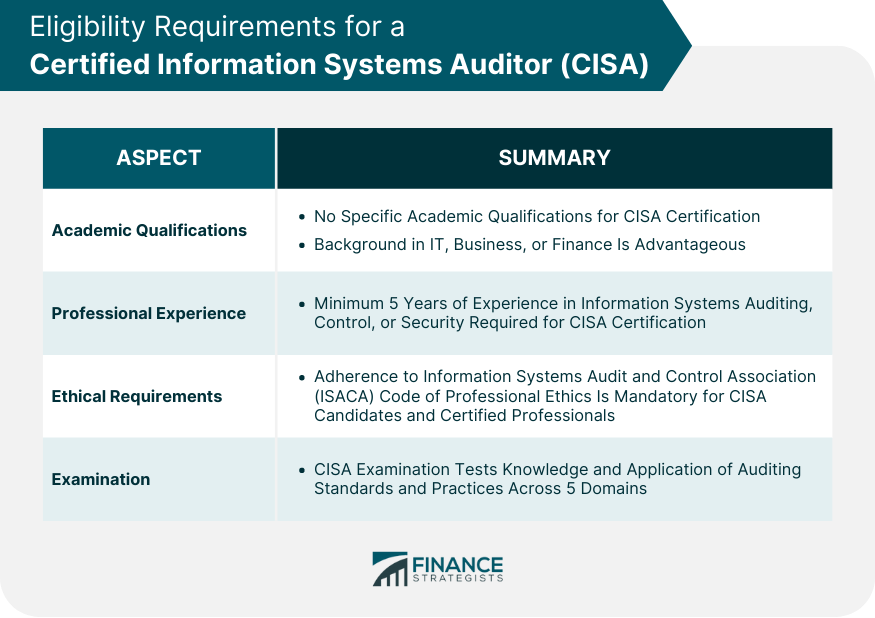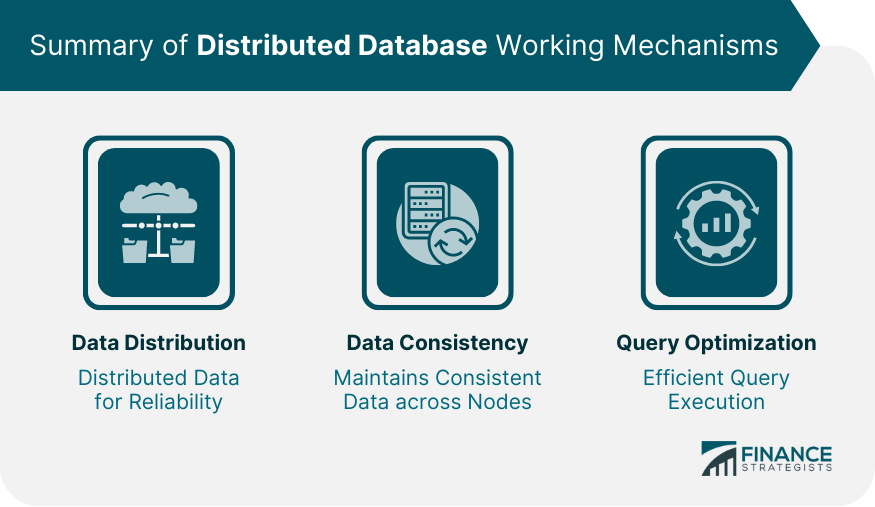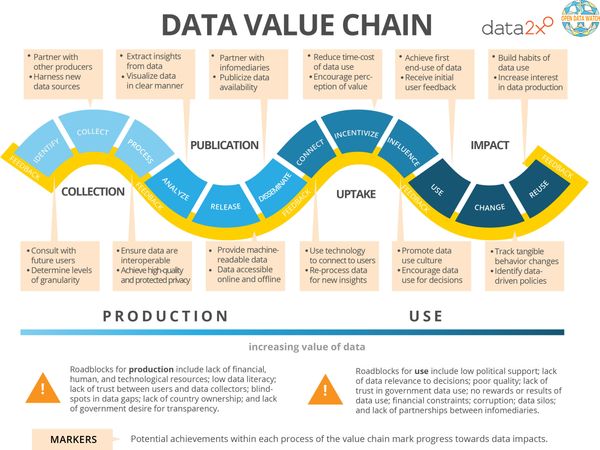Overview
Introduction to database security auditing
Database security auditing is a critical process that helps organizations identify and assess vulnerabilities in their database systems. It involves evaluating the security controls and measures implemented to protect sensitive data stored in databases. The purpose of this article is to provide an introduction to database security auditing and highlight the key differences between MySQL and MariaDB. MySQL and MariaDB are two popular relational database management systems that offer similar functionality but have distinct features and characteristics. By understanding the nuances of these systems, organizations can make informed decisions when it comes to choosing the right database solution for their specific needs. In this article, we will explore the various aspects of database security auditing and delve into the comparisons between MySQL and MariaDB to gain a comprehensive understanding of their strengths and weaknesses.
Importance of assessing vulnerabilities
Database security auditing plays a crucial role in assessing vulnerabilities and ensuring the protection of sensitive data. It is essential to regularly evaluate the security measures in place to identify any potential weaknesses or loopholes that could be exploited by malicious actors. Assessing vulnerabilities allows organizations to proactively address security risks and implement appropriate safeguards to mitigate the impact of potential data breaches. One important aspect of assessing vulnerabilities is data migration, which involves transferring data from one system to another. This process requires careful planning and execution to ensure the integrity and confidentiality of the data. By conducting thorough assessments of vulnerabilities related to data migration, organizations can minimize the risk of unauthorized access or data loss during the transfer process. Implementing robust security measures and regularly auditing the database for vulnerabilities is crucial in today’s digital landscape where cyber threats are constantly evolving.
Common challenges in database security auditing
Database security auditing is a critical process that helps organizations assess vulnerabilities in their database systems. It involves evaluating the security measures in place and identifying potential weaknesses that could be exploited by malicious actors. Common challenges in database security auditing include identifying and mitigating unauthorized access, protecting sensitive data from theft or corruption, and ensuring compliance with industry regulations and best practices. One of the key areas of focus in database security auditing is Oracle optimization techniques. These techniques involve optimizing the performance and efficiency of Oracle databases to enhance their security and protect against potential vulnerabilities. By implementing Oracle optimization techniques, organizations can strengthen their database security and minimize the risk of unauthorized access or data breaches.
Understanding Database Security

Types of database vulnerabilities
Database vulnerabilities can be classified into several types. One of the main types is security vulnerabilities, which include unauthorized access, data breaches, and SQL injection attacks. Another type is configuration vulnerabilities, which occur when the database is not properly configured, leading to weak passwords, open ports, or unpatched software. Performance vulnerabilities are also a concern, as they can impact the efficiency and responsiveness of the database. It is important to address these vulnerabilities through regular security audits and database performance tuning to ensure the integrity and security of the database system.
Methods for identifying vulnerabilities
There are several methods for identifying vulnerabilities in database security auditing. These methods include penetration testing, vulnerability scanning, and code review. Penetration testing involves simulating real-world attacks to identify weaknesses in the system. Vulnerability scanning uses automated tools to scan the database for known vulnerabilities. Code review involves manually reviewing the database code to identify potential security flaws. Each method has its advantages and limitations, and a combination of these methods is often used to ensure comprehensive vulnerability assessment.
Role of security controls in database security
Security controls play a crucial role in ensuring the protection of databases against potential vulnerabilities. These controls act as a defense mechanism, safeguarding sensitive information from unauthorized access, modification, or deletion. By implementing robust security controls, organizations can establish a strong line of defense against potential threats and mitigate the risks associated with database breaches. Some key security controls include access controls, encryption, authentication mechanisms, and auditing. Access controls limit the access to databases to authorized users only, reducing the likelihood of unauthorized access. Encryption ensures that data stored in databases is protected from unauthorized viewing or tampering. Authentication mechanisms verify the identity of users before granting them access to the database. Auditing allows organizations to monitor and track database activities, helping identify any suspicious or unauthorized activities. By understanding the role of security controls in database security, organizations can effectively protect their valuable data and maintain the integrity of their databases.
Database Security Auditing Process

Planning and scoping the audit
During the planning and scoping phase of the database security audit, the objectives and scope of the audit are defined. This includes identifying the specific databases and systems that will be audited, as well as determining the goals and expectations of the audit. The planning and scoping phase also involves identifying the key stakeholders and obtaining their input and support. By carefully planning and scoping the audit, potential vulnerabilities can be identified and addressed, helping to ensure the security of the database environment.
Conducting vulnerability assessments
Conducting vulnerability assessments is an essential step in ensuring the security of a database. It involves identifying and evaluating potential vulnerabilities that could be exploited by malicious actors. One important aspect of vulnerability assessments is the assessment of database software upgrades. In the case of MySQL, upgrading to version 8.0 is crucial for enhancing database security. The upgrade to MySQL 8.0 introduces several security enhancements and improvements, making it imperative for organizations to consider this upgrade. By conducting vulnerability assessments, organizations can identify any vulnerabilities that may exist in their current database version and take appropriate measures to mitigate these risks.
Analyzing and interpreting audit findings
After conducting a comprehensive database security audit, the next crucial step is analyzing and interpreting the audit findings. This phase involves carefully examining the vulnerabilities and weaknesses identified during the audit process. By thoroughly analyzing the findings, organizations can gain valuable insights into their current security posture and understand the potential risks they face. One key aspect of this analysis is evaluating the effectiveness of the existing security measures and controls in place. Additionally, it is important to consider the impact of any identified vulnerabilities on the overall security of the database. By conducting a detailed analysis, organizations can make informed decisions regarding the necessary remediation actions to address the identified vulnerabilities and enhance their database security.
Tools and Techniques for Database Security Auditing

Automated vulnerability scanning tools
Automated vulnerability scanning tools have become an essential component in database security auditing. These tools play a crucial role in assessing vulnerabilities and identifying potential threats to data integrity. By automating the scanning process, organizations can efficiently identify and mitigate security risks, ensuring the confidentiality, availability, and integrity of their databases. The future of data security heavily relies on the continuous development and improvement of automated vulnerability scanning tools. With advancements in technology, these tools are expected to become more sophisticated and effective in detecting and preventing data breaches. As the volume and complexity of data continue to grow, the need for robust vulnerability scanning tools will only increase.
Manual penetration testing
Manual penetration testing is a crucial component of database security auditing. It involves actively probing the system for vulnerabilities by simulating real-world attacks. This method allows security professionals to identify weaknesses in the system that may not be detected by automated tools. Through manual penetration testing, organizations can gain a deeper understanding of their security posture and make informed decisions to mitigate risks. By leveraging the expertise of skilled professionals, manual penetration testing helps ensure the integrity and confidentiality of sensitive data.
Database activity monitoring
Database activity monitoring is a crucial aspect of ensuring the security and integrity of a database. It involves tracking and analyzing the activities and behaviors of users and applications accessing the database. By monitoring database activity, organizations can detect and prevent unauthorized access, suspicious activities, and potential security breaches. Database activity monitoring solutions provide real-time alerts, audit logs, and reports that help identify vulnerabilities and ensure compliance with security policies and regulations. These solutions also enable organizations to monitor database user activities, identify anomalies, and investigate any suspicious behavior. Implementing a robust database activity monitoring system is essential for protecting sensitive data and maintaining the overall security of the database.
Best Practices for Database Security Auditing

Regularly updating database software and patches
Regularly updating database software and patches is essential for maintaining a secure database environment. By keeping up with the latest software updates and patches, organizations can ensure that any vulnerabilities or weaknesses in the database system are addressed promptly. This helps to prevent potential security breaches and unauthorized access to sensitive data. Additionally, regular updates can also improve the overall performance and stability of the database, ensuring smooth operations for the organization. It is recommended to establish a regular schedule for software updates and patches, and to stay informed about any new releases or security advisories from the database software provider.
Implementing strong access controls
Implementing strong access controls is crucial for ensuring the security of a database. Access controls determine who can access the database and what actions they can perform. By implementing robust access controls, organizations can prevent unauthorized access, data breaches, and other security incidents. This is especially important when dealing with sensitive data, such as financial information or personal records. MySQL data visualization examples can be used to illustrate the importance of strong access controls. These examples showcase how unauthorized access to a database can lead to unauthorized data visualization, potentially exposing sensitive information to unauthorized individuals. By highlighting the risks associated with weak access controls, organizations can better understand the need for implementing strong security measures to protect their databases.
Monitoring and logging database activities
Monitoring and logging database activities is a crucial aspect of database security auditing. By monitoring and logging database activities, organizations can detect and respond to potential security breaches in real-time. This includes tracking user access, identifying unauthorized activities, and monitoring changes to sensitive data. Additionally, logging database activities provides a valuable source of information for forensic investigations and compliance audits. It allows organizations to trace back actions, identify the root cause of security incidents, and ensure accountability. Overall, monitoring and logging database activities is essential for maintaining the integrity and security of the database environment.
Conclusion

Summary of key points
Database security auditing is a crucial process for assessing vulnerabilities and ensuring the protection of sensitive data. It involves evaluating the security measures in place to identify any weaknesses or potential risks. By conducting regular audits, organizations can identify and address any vulnerabilities in their database systems, such as weak authentication mechanisms or outdated software versions. This helps in preventing unauthorized access, data breaches, and other security incidents. One of the key points to consider in database security auditing is the implementation of database optimization techniques. These techniques aim to enhance the performance and efficiency of the database system, thereby reducing the risk of security vulnerabilities. By optimizing the database, organizations can improve query execution speed, minimize resource utilization, and ensure data integrity. Overall, database security auditing and the incorporation of database optimization techniques are essential for maintaining a secure and efficient database environment.
Importance of ongoing database security auditing
Database security auditing is a crucial aspect of maintaining the integrity and confidentiality of sensitive data. It involves assessing vulnerabilities and implementing necessary measures to protect against potential threats. The importance of ongoing database security auditing cannot be overstated, especially in today’s digital landscape where cyber attacks are becoming increasingly sophisticated. By regularly auditing the security of databases, organizations can identify and address any weaknesses or vulnerabilities before they are exploited by malicious actors. This helps in preventing data breaches, unauthorized access, and other security incidents. One important consideration for database security auditing is the use of virtualization. With the growing popularity of virtualized environments, it is essential to ensure that database virtualization is properly secured and audited. This includes implementing strong access controls, monitoring virtualized environments for any suspicious activities, and regularly updating security configurations. By considering these factors, organizations can enhance the effectiveness of their database security auditing efforts and mitigate the risks associated with database vulnerabilities.
Future trends in database security
Future trends in database security are constantly evolving as technology advances. One of the key areas of focus is the under the hood DBMS (Database Management System). This is the backbone of any database, and ensuring its security is crucial. As technology progresses, DBMSs are becoming more sophisticated and complex, leading to new vulnerabilities that need to be addressed. It is important for organizations to stay updated on the latest trends and advancements in database security to protect their sensitive data from potential threats.







